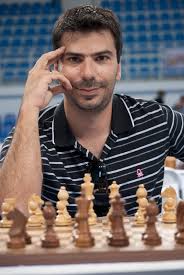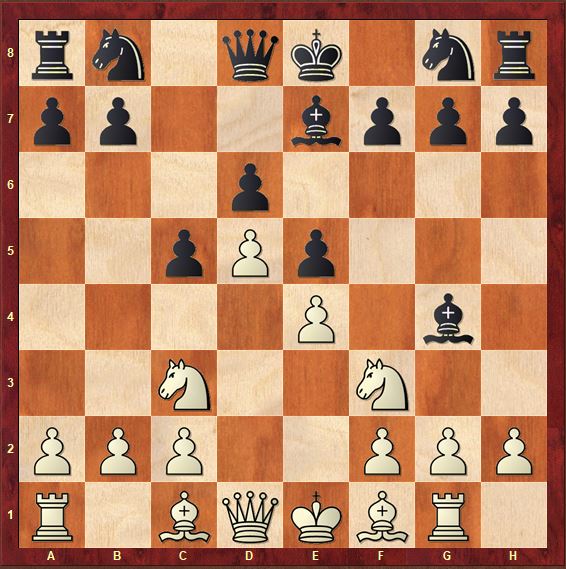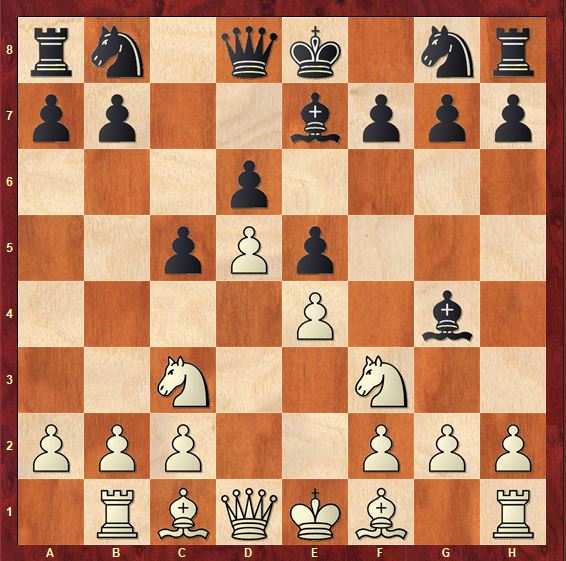Ο Βασίλης Παργινός παρουσιάζει σήμερα ένα στρατηγικό θέμα, δικαιώνοντας για μία ακόμη τον φορά τον Aaron Nimzowitsch, ο οποίος τολμούσε να πάει κόντρα στη δογματική προσέγγιση του S. Tarrasch. Για παράδειγμα, ένας γνωστός στρατηγικός κανόνας είναι ότι οι πύργοι ανήκουν στις ανοικτές στήλες. Ας δούμε όμως και κάποιες μυστηριώδεις κινήσεις πύργων σε κλειστές στήλες! Όλα ξεκινάνε από τις παρακάτω θέσεις. Μπορείτε να βρείτε τη διαφορά μεταξύ τους;


